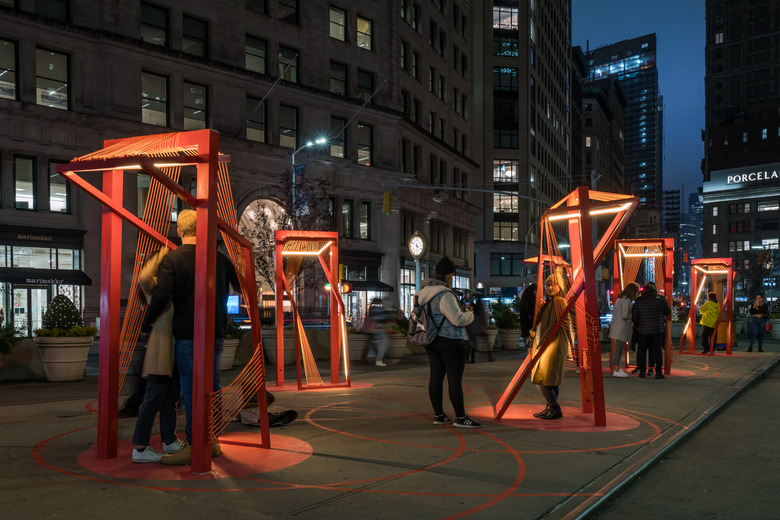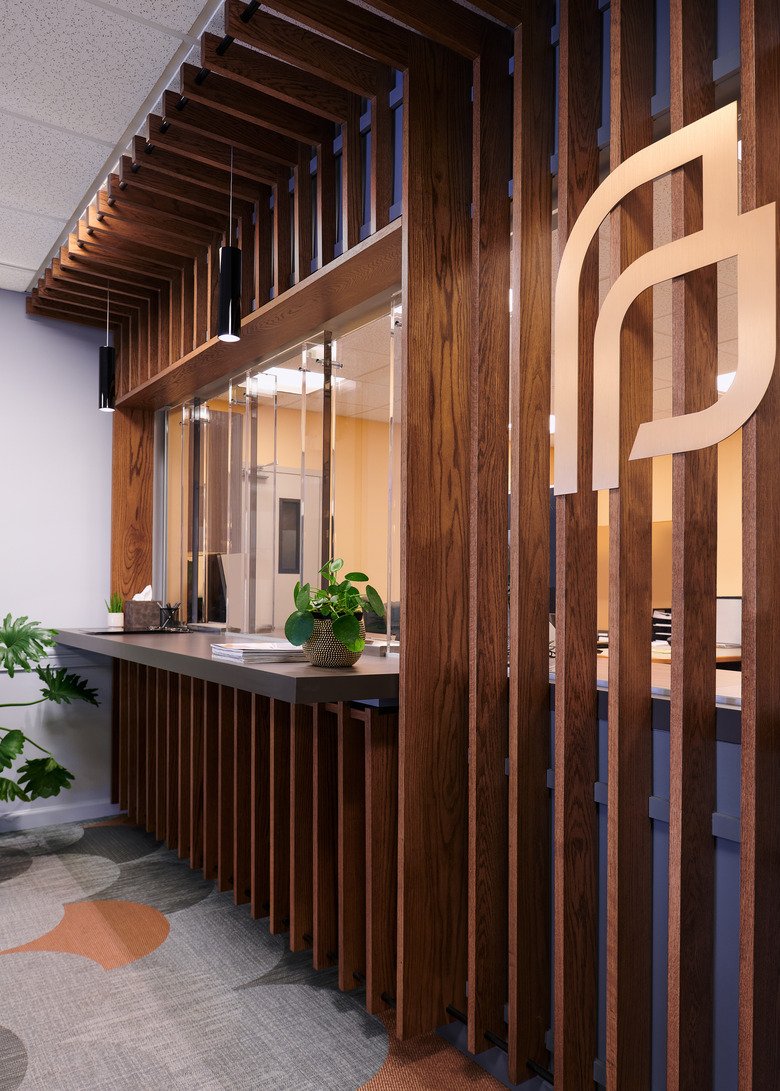Why You Should Know About Architect Nina Cooke John's Work
During this time of year, people tend to reflect on Black history. New York-based architect Nina Cooke John of Studio Cooke John, however, is looking toward the future.
As one of the 23 creators who contributed to the Obsidian Virtual Concept House launched late January through the Black Artists + Designer Guild (BADG), Cooke John is imagining and designing a world where Black people can not only survive, but thrive. The project was "designed to invite new conversations about the space of home as a place of thriving for one million Black families," according to the BADG site, and Cooke John wanted to see if the team could "develop the house in a way that would really support the health and wellness of the Black family."
Cooke John's experience as an educator, designer, and architect has resulted in projects for the New York Botanical Gardens. In 2018, her work was featured in the Center for Architecture's exhibition "Close to the Edge: The Birth of Hip-Hop Architecture." Below, she shares more on self-doubt, diversity, and making design more accessible.
Hunker: Between the Obsidian project and your "Night Time" submission, which explored the safety of women walking alone in London, I'm sensing a social justice theme. Is that intentional?
Nina Cooke John: I like to look at how architecture can impact the disempowered or give a space or voice [to], or create a place for, disenfranchised [people]. I work mostly in high-end residential spaces, so it's not always applicable. But I think about, what are the skills I learned in that residential space and how do I translate that when I'm working on public art projects? How can we use public space for people to engage with art and design in a way that they wouldn't have access to otherwise?
Hunker: How did your upbringing in Jamaica influence your style?
NCJ: What I find most influential about my upbringing is looking at how people would cobble together shelter out of whatever they could find. Maybe they start with a small house and they have a little bit of money and build a little bit. Then get a little more money and build a little more.
This kind of collaging, innovating and making do creatively — I've found I'm still inspired by this idea of layering and being really innovative and creative. Challenges create innovative solutions. I'm inspired by that kind of grit and how it physically manifests itself design-wise.
Hunker: How do we increase diversity in design and architecture?
NCJ: We're all realizing the pipeline really needs to be strengthened and started earlier. And when we see any promise, how can [we] take a mentorship role and help people get to a level where they can shine? This is so complex and it doesn't happen overnight.
Everybody has their eyes on #BlackLivesMatter now, but how can we maintain momentum? In two years, what's the situation going to be? It's going to be a long road, but we need to be consistent and persevere.
Hunker: What are you looking forward to this year?
NCJ: I am teaching a studio this semester at Columbia looking at creating Black space in the northeast region of the Bronx in an area called Wakefield. It's looking at the rise in Black immigrants and the issues of public space and how we create a space for people who are navigating issues of identity.
Hunker: What advice do you have for aspiring designers?
NCJ: Understand that doubting yourself is a part of the process. It's a part of the analysis — should I do this or should I do that? You have to push past the impostor syndrome and realize you're doing the best you can. The doubt is going to come up at every rung, but if you have a network of friends who can support you and who you can talk through the issues with — ideally within the industry — it'll be fine. That discomfort can be disquieting, but it means you're moving forward and you're not in a rut.



